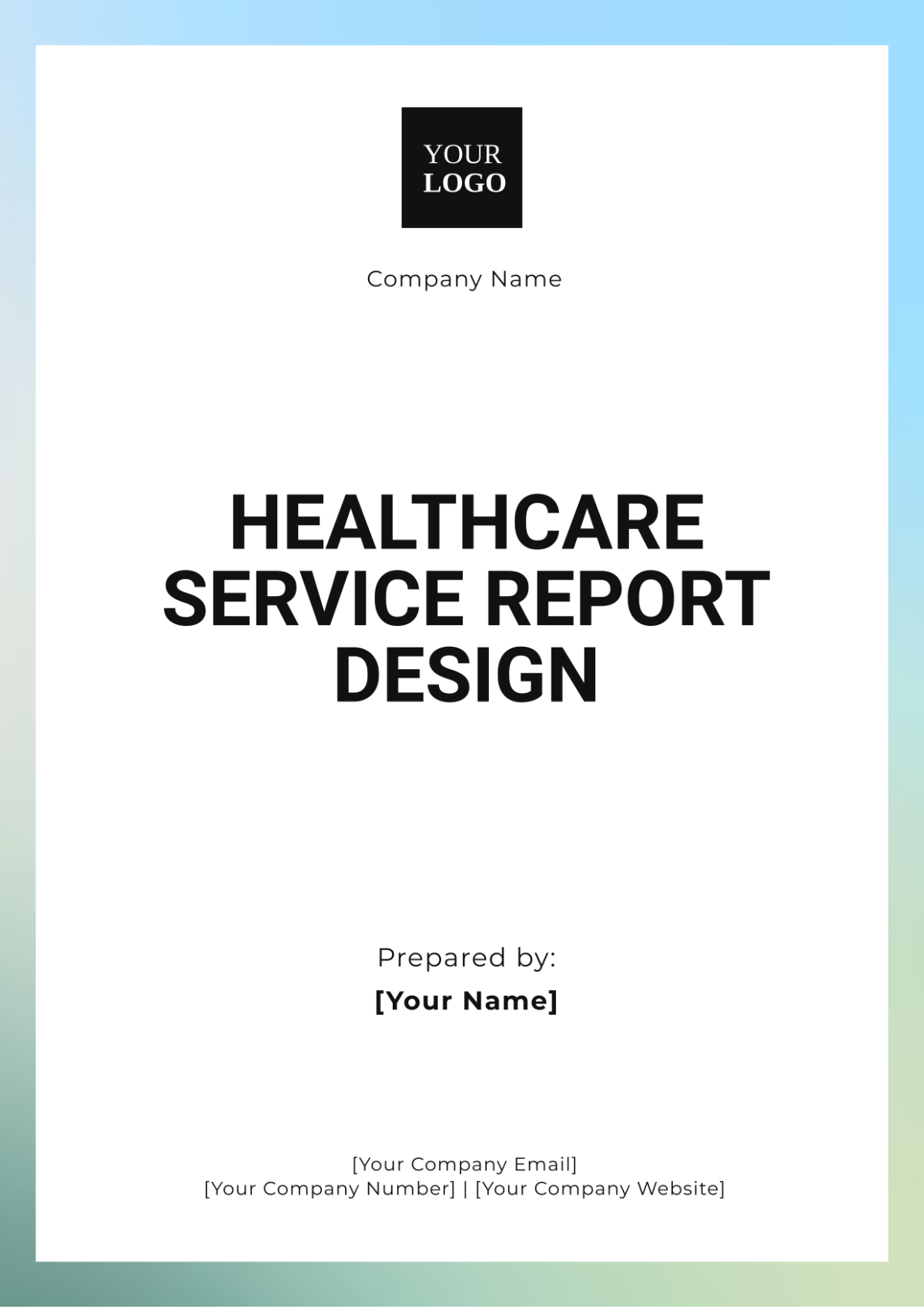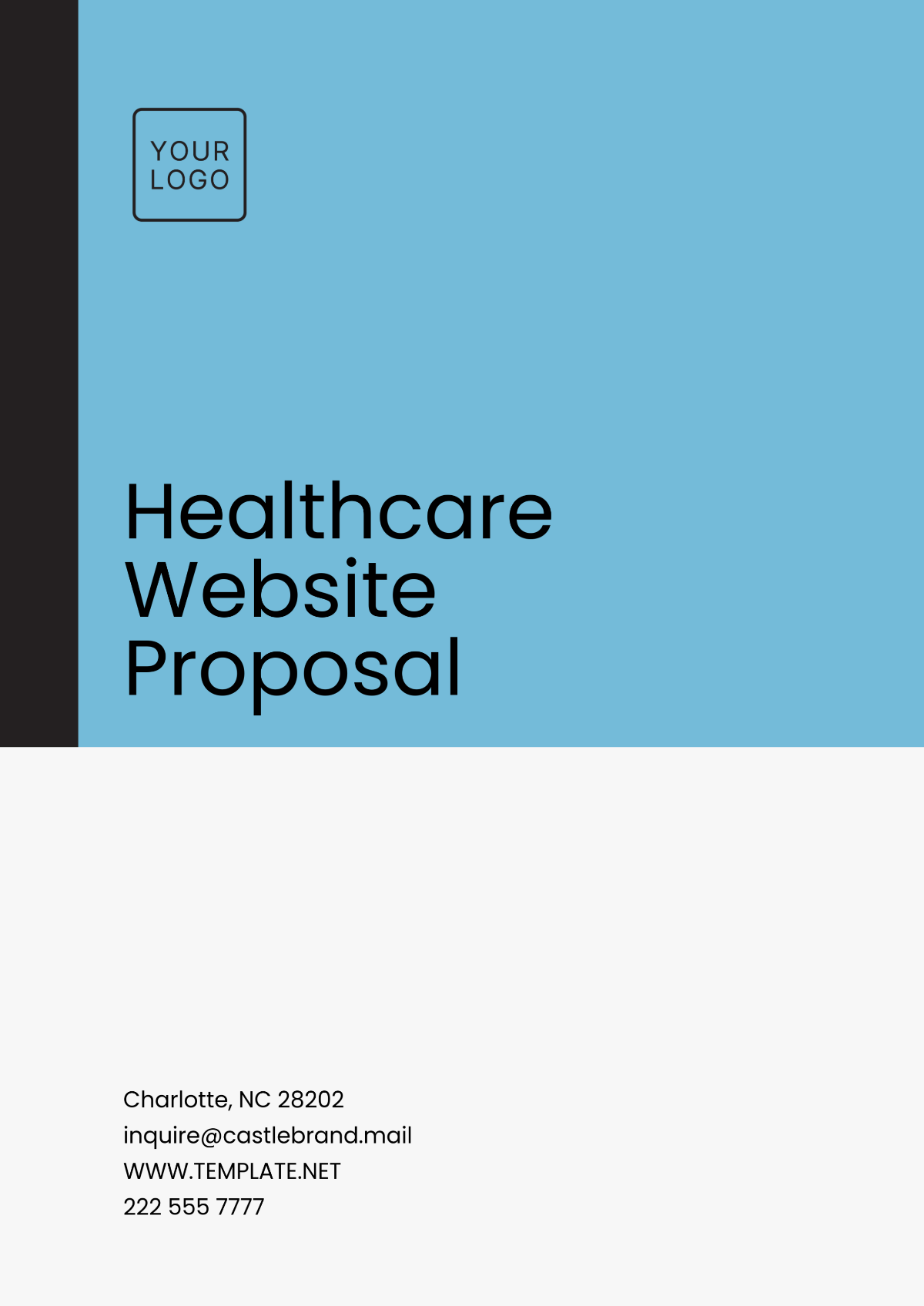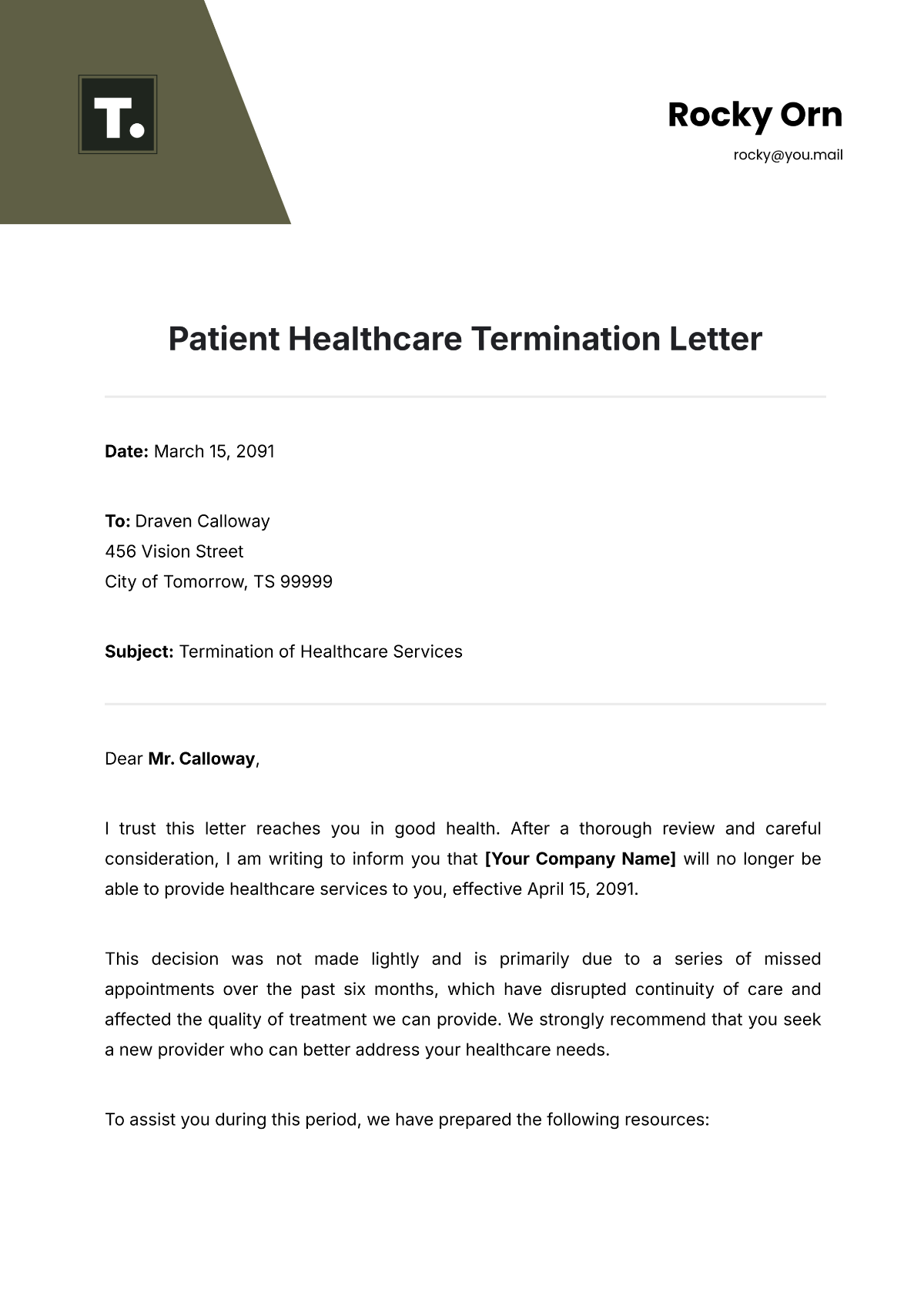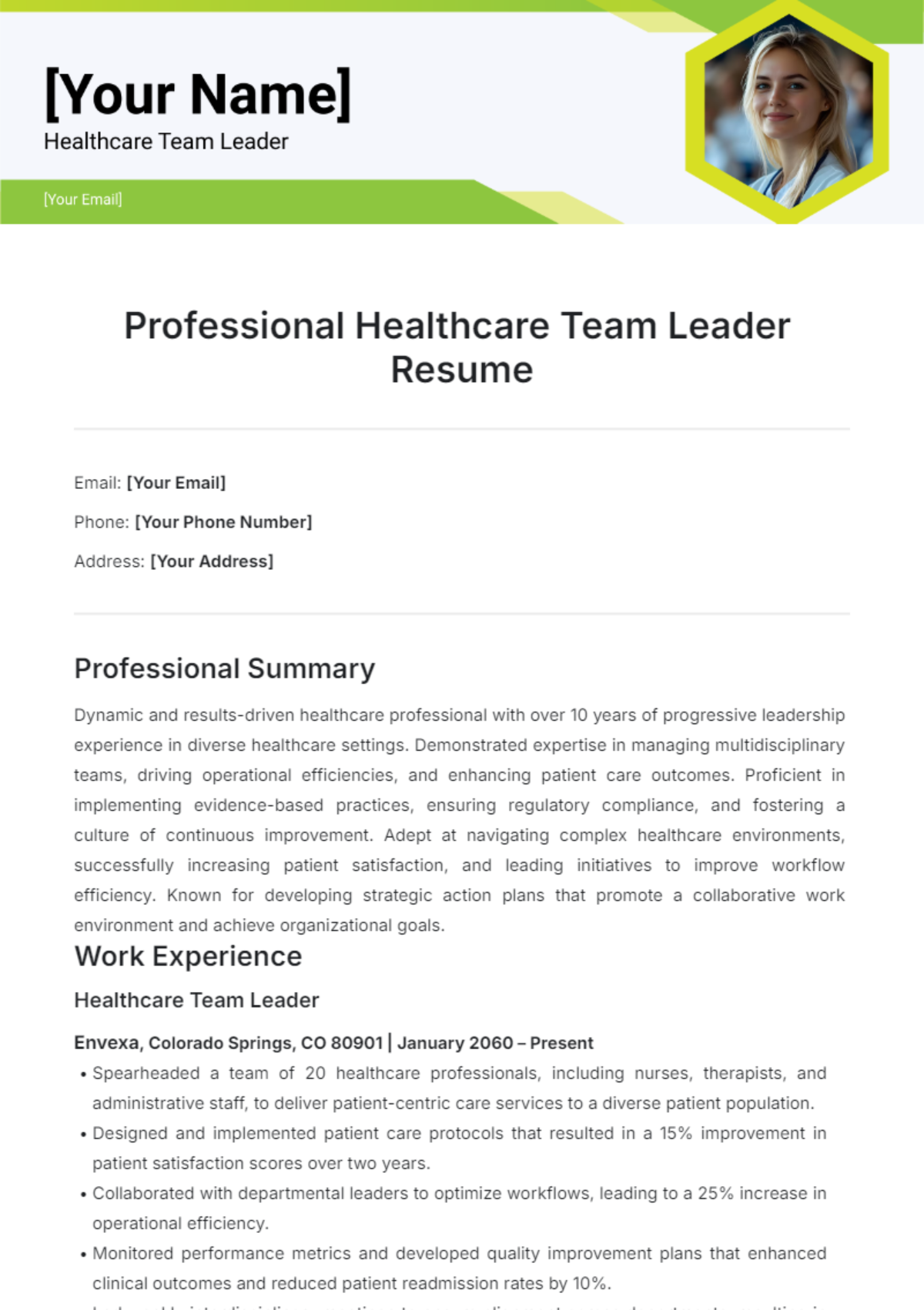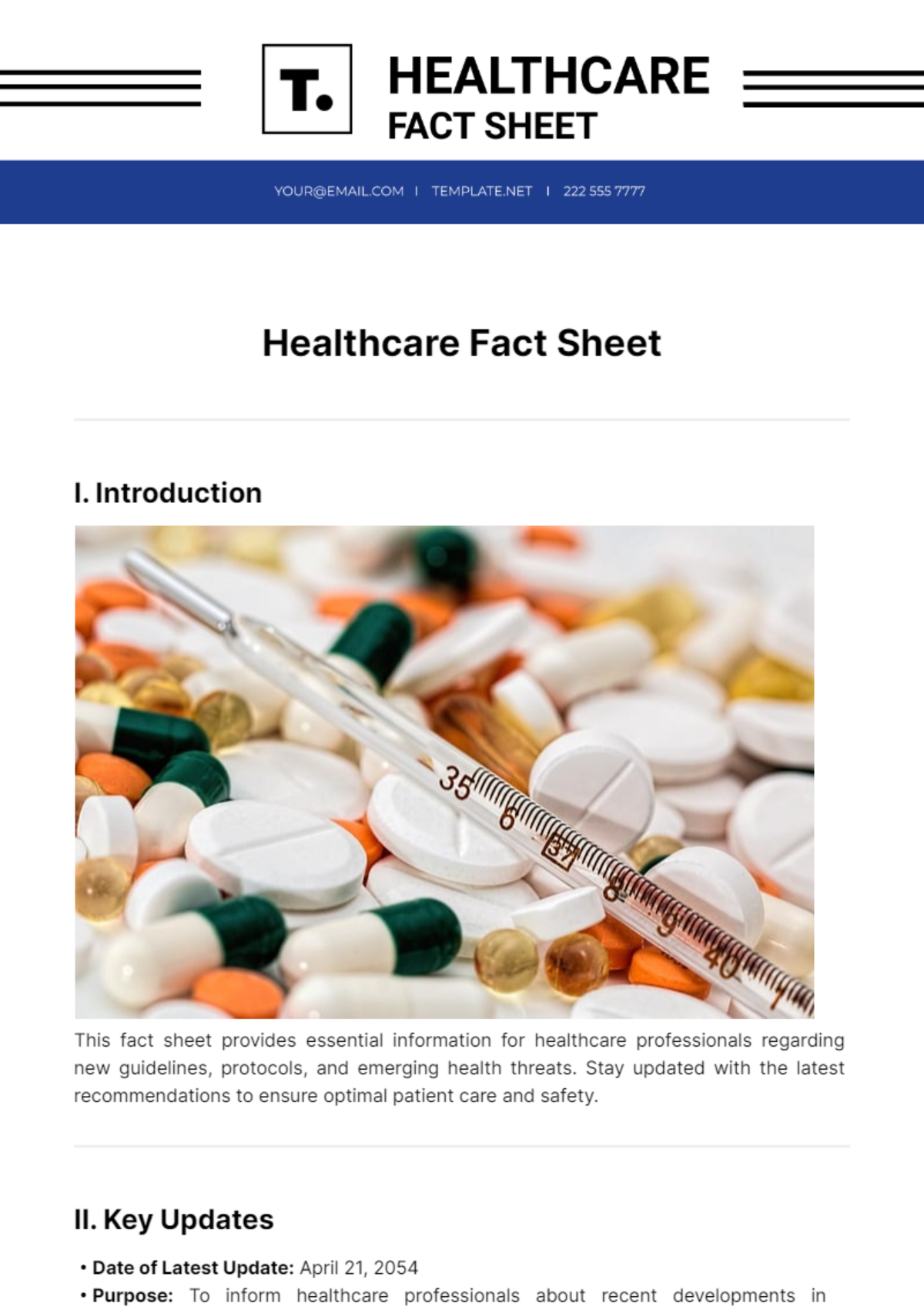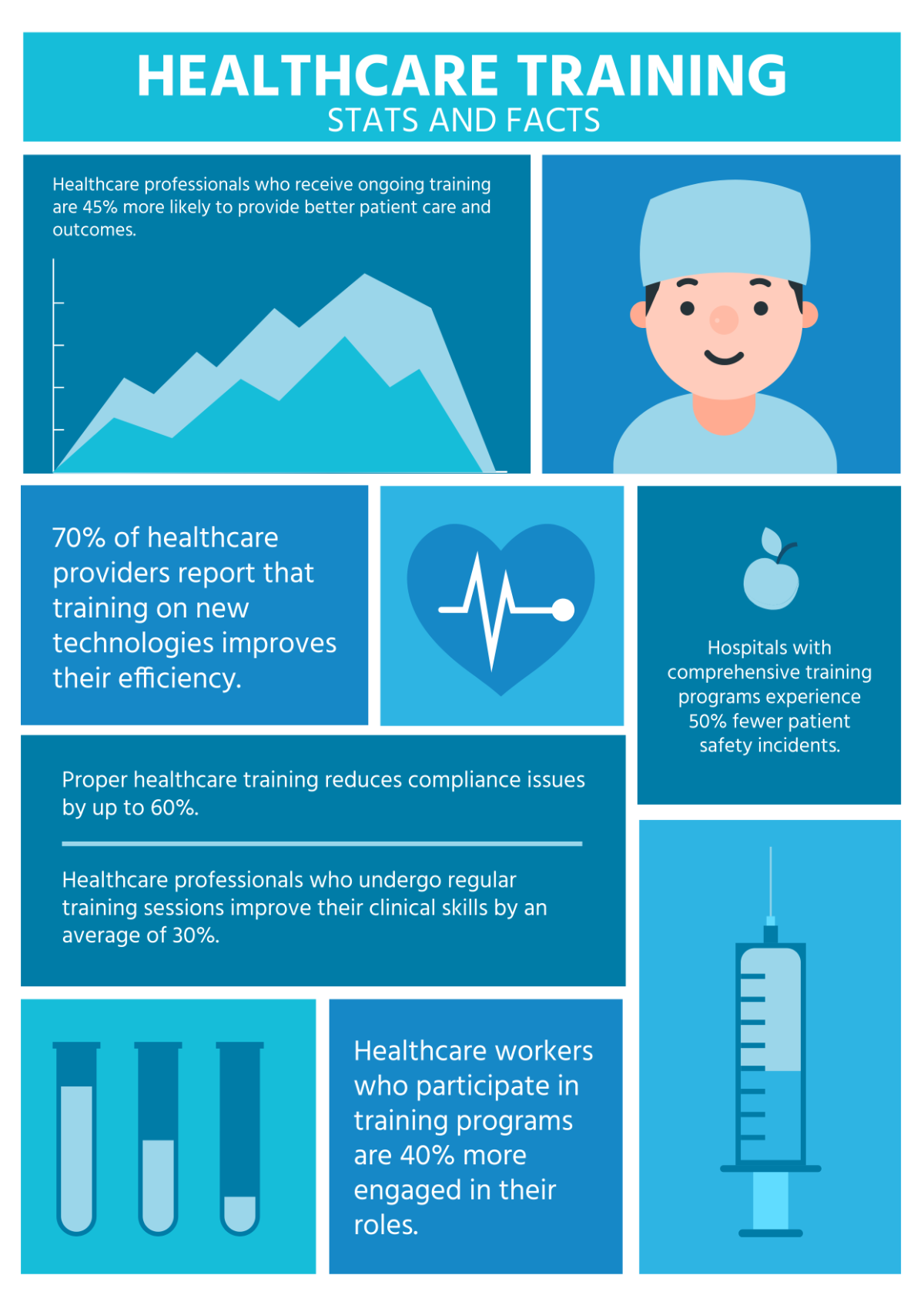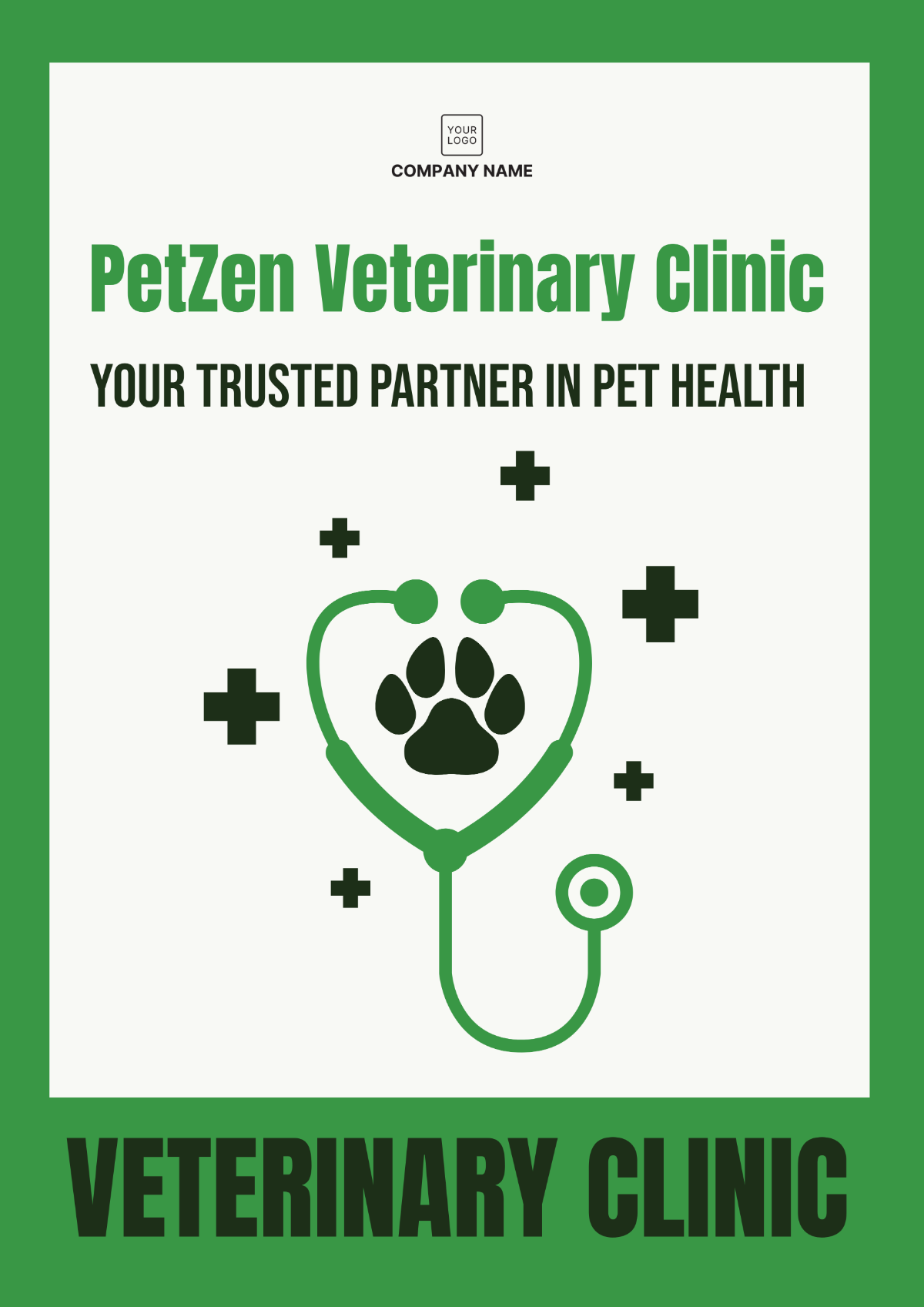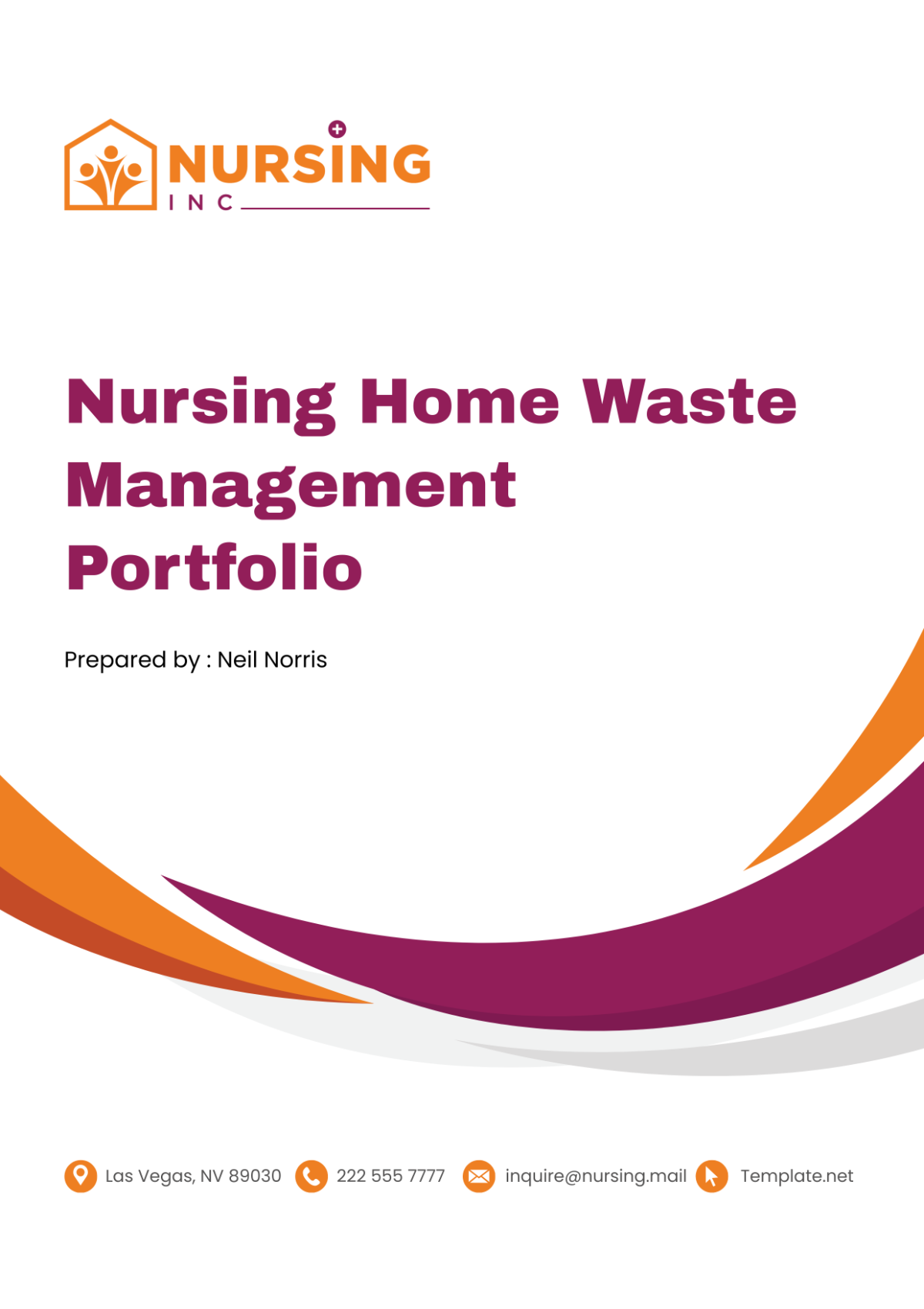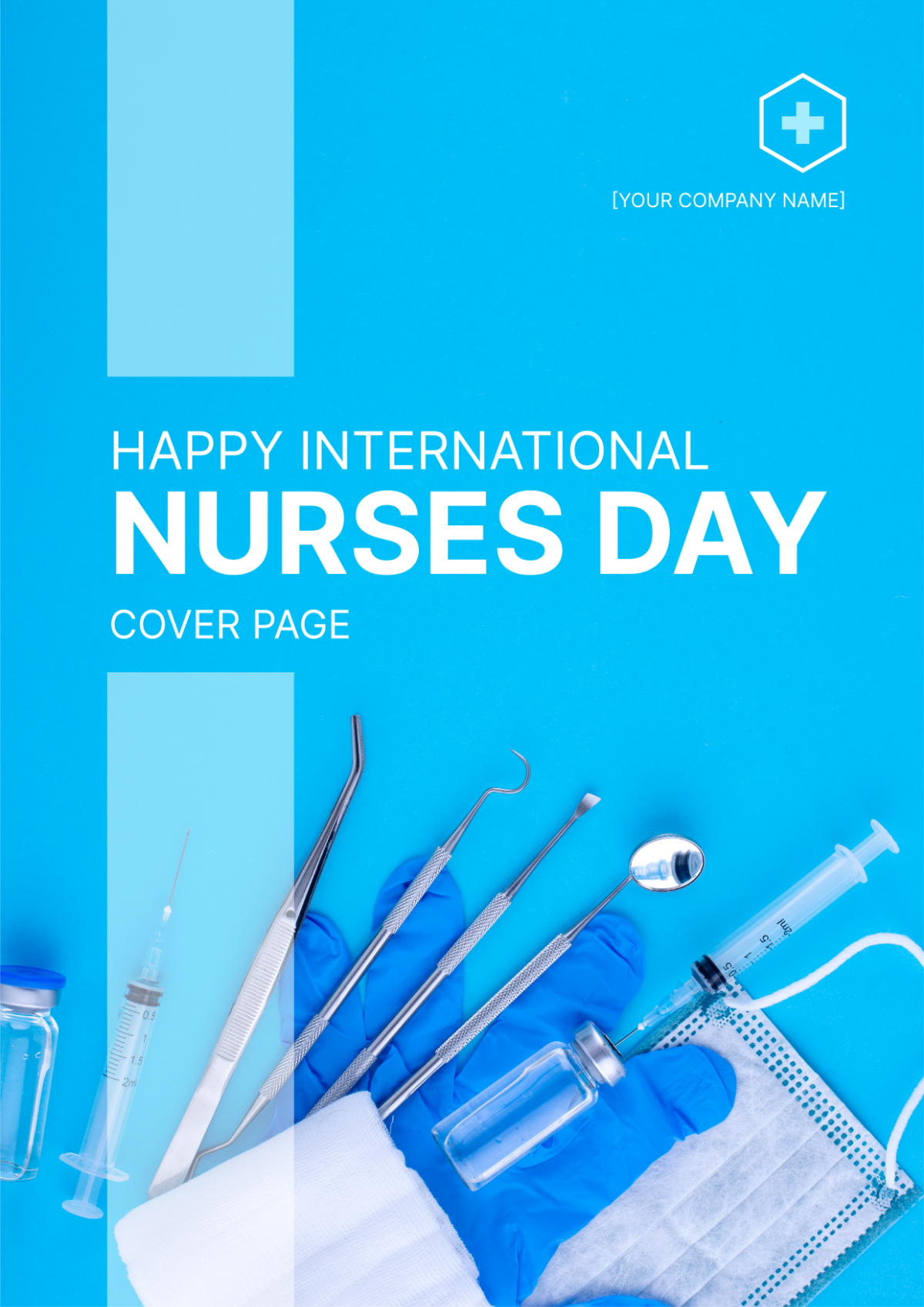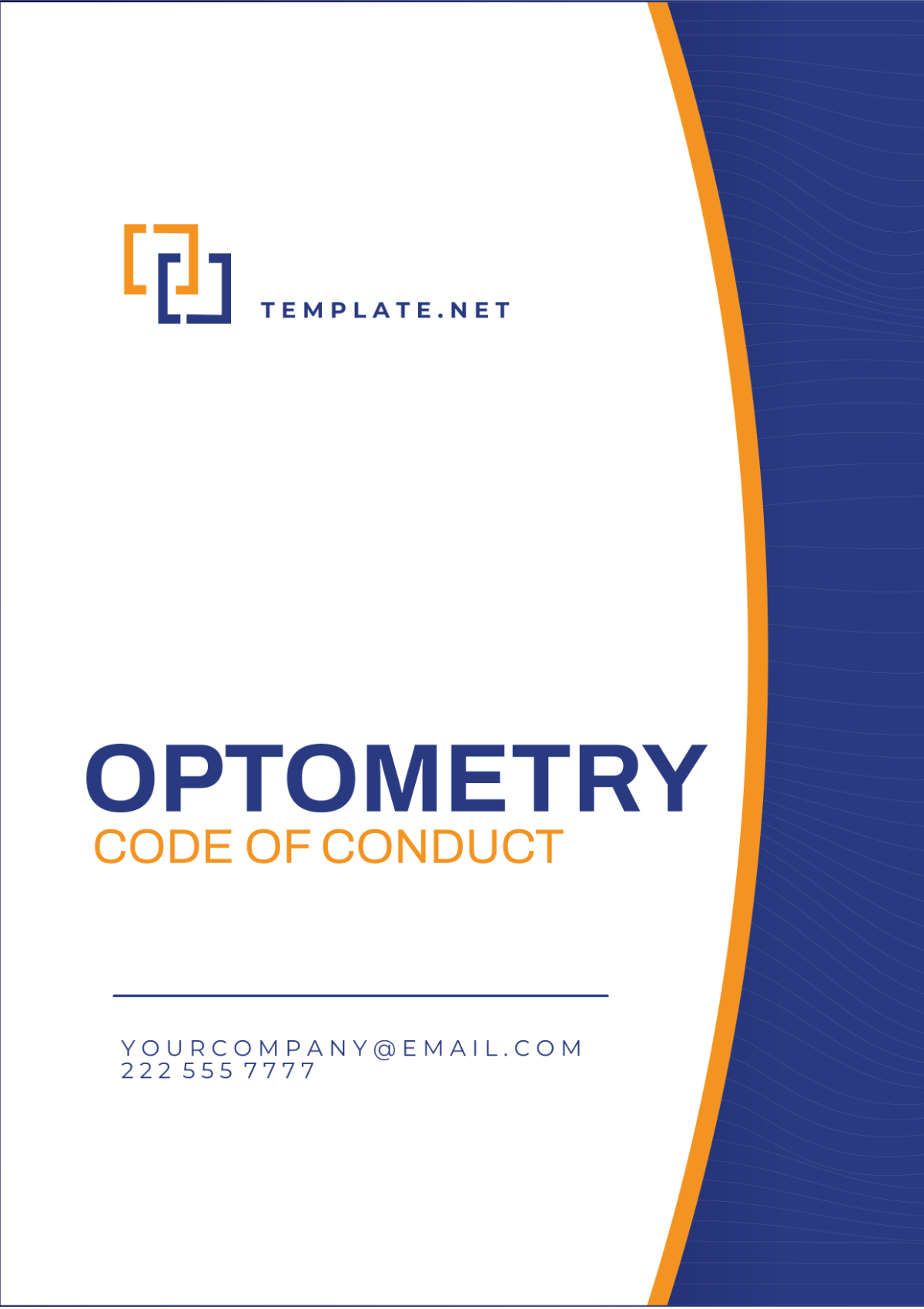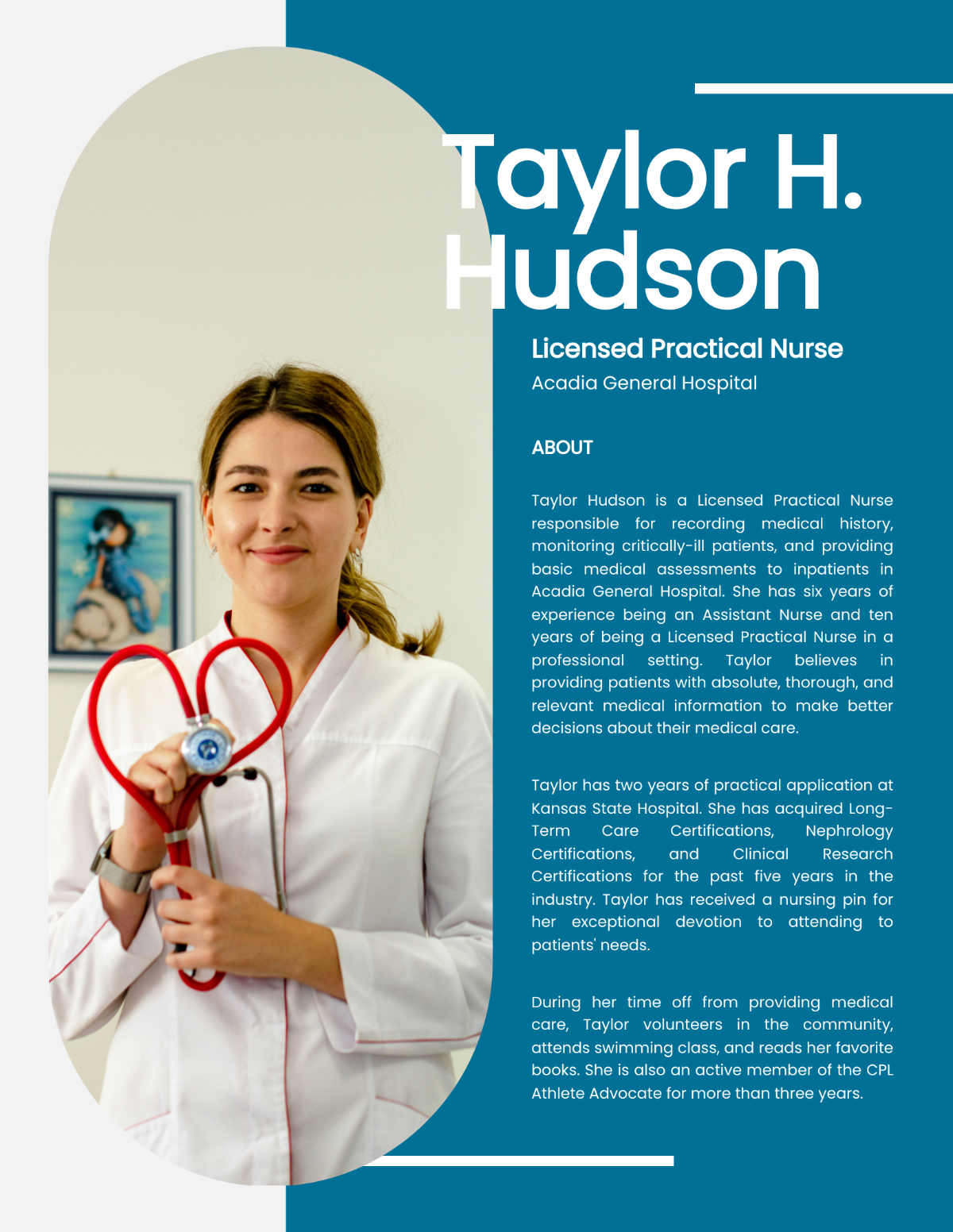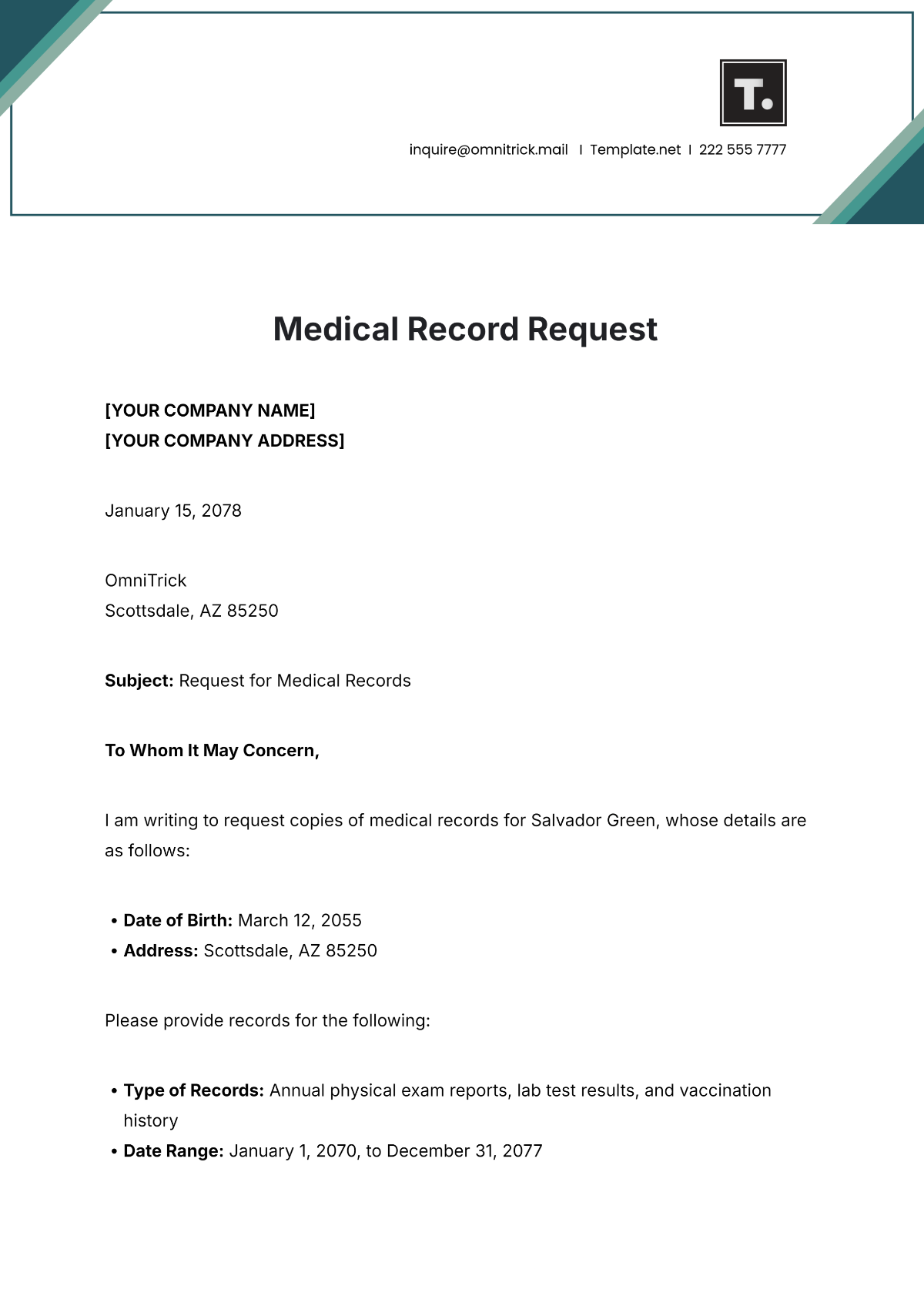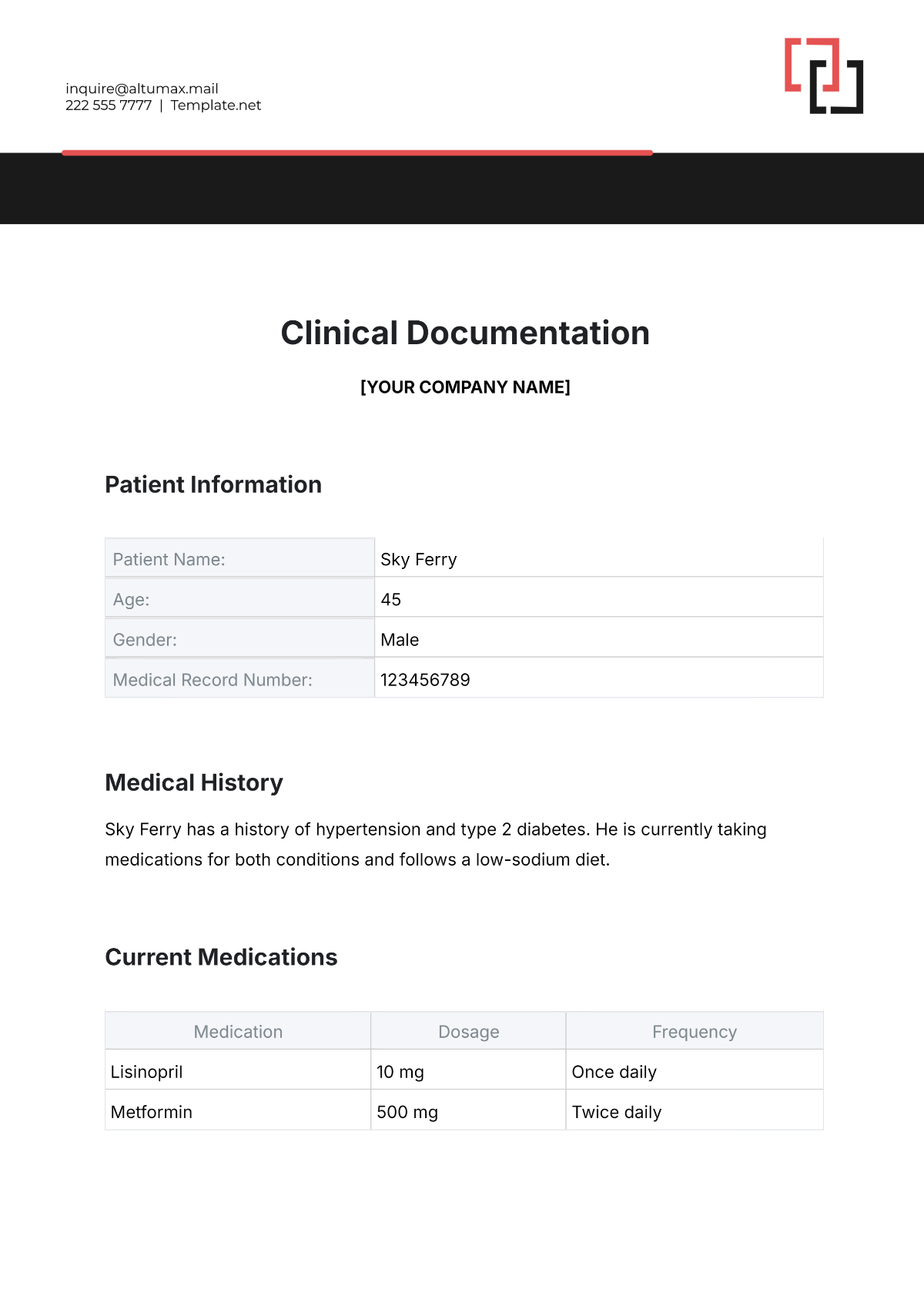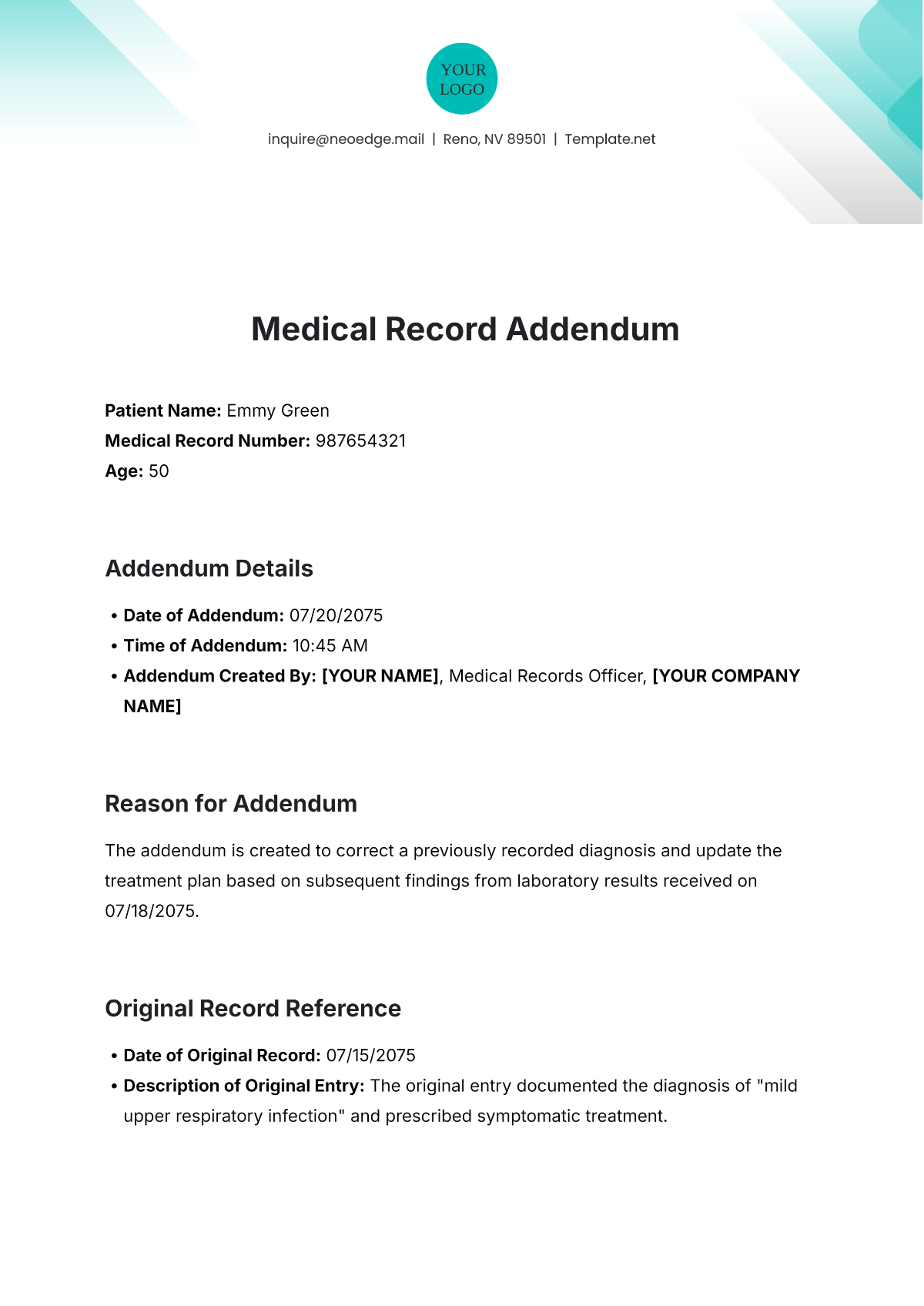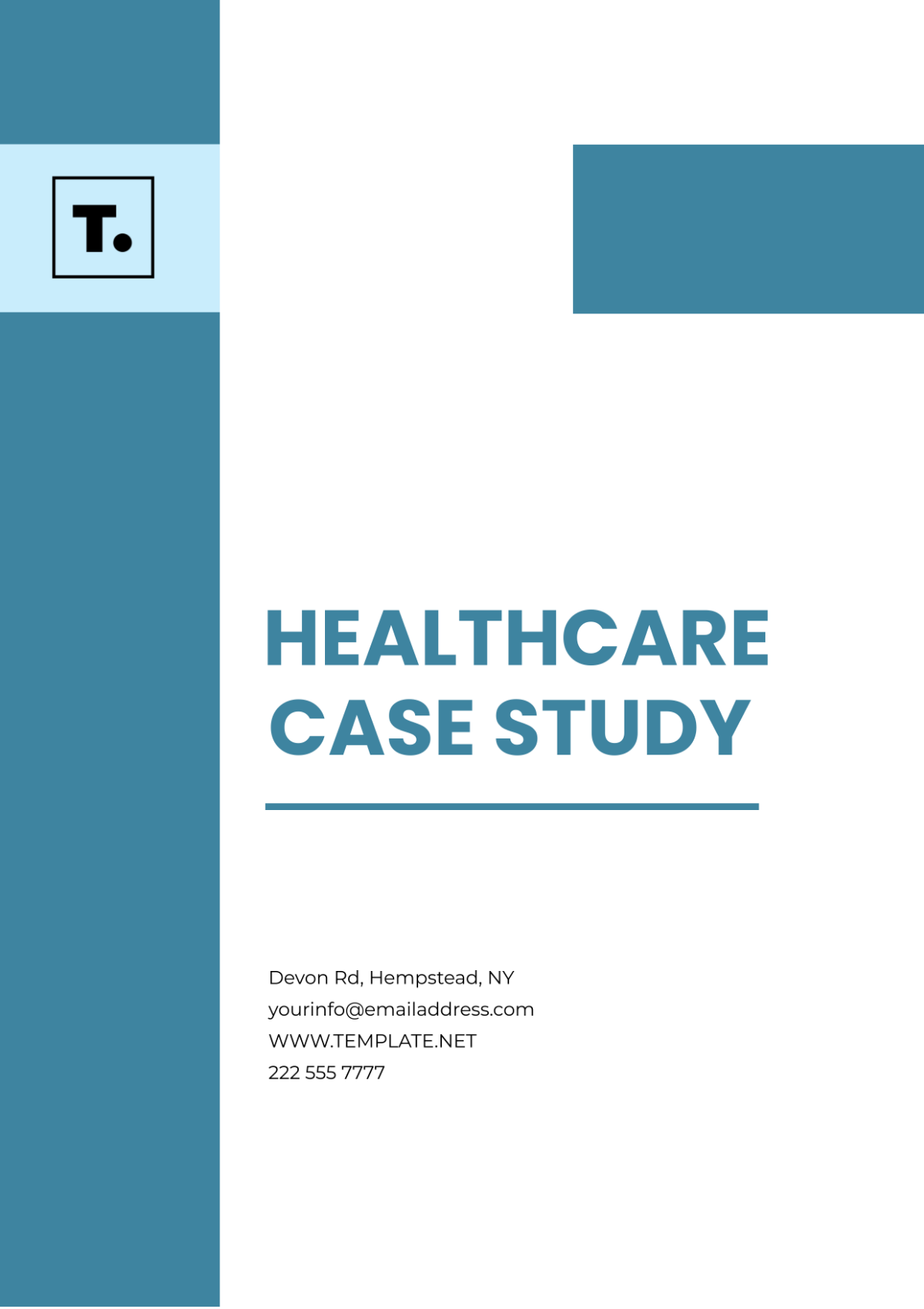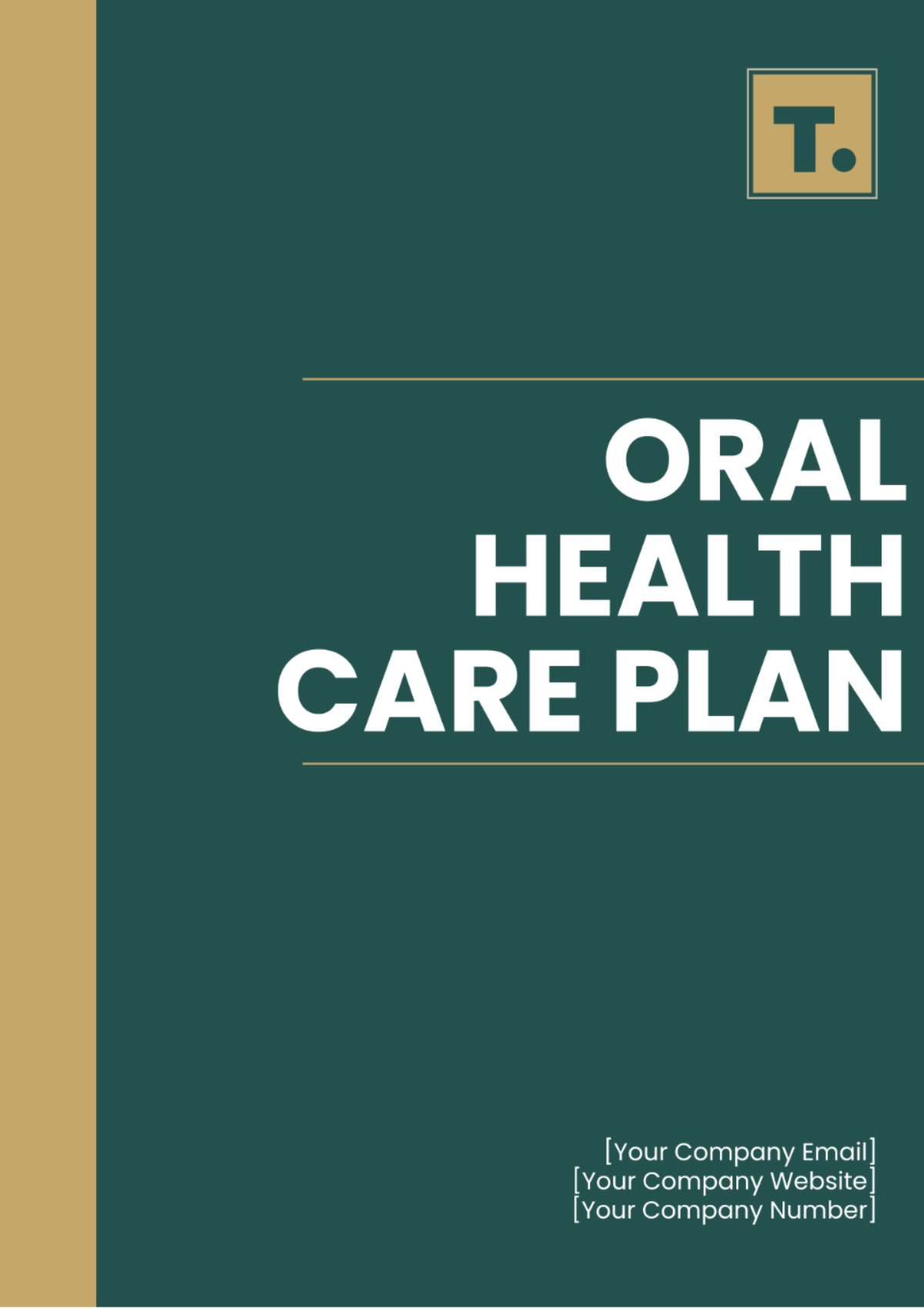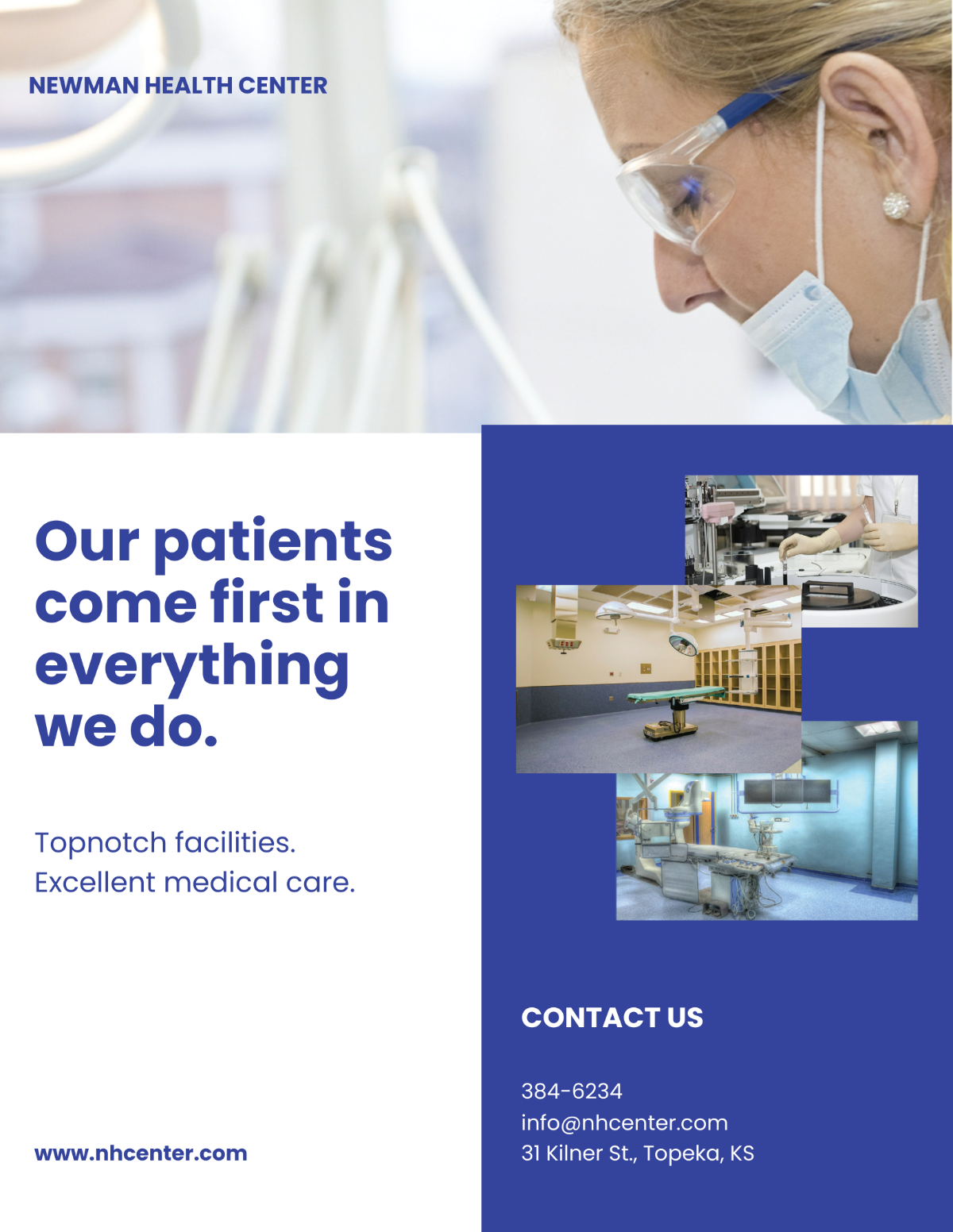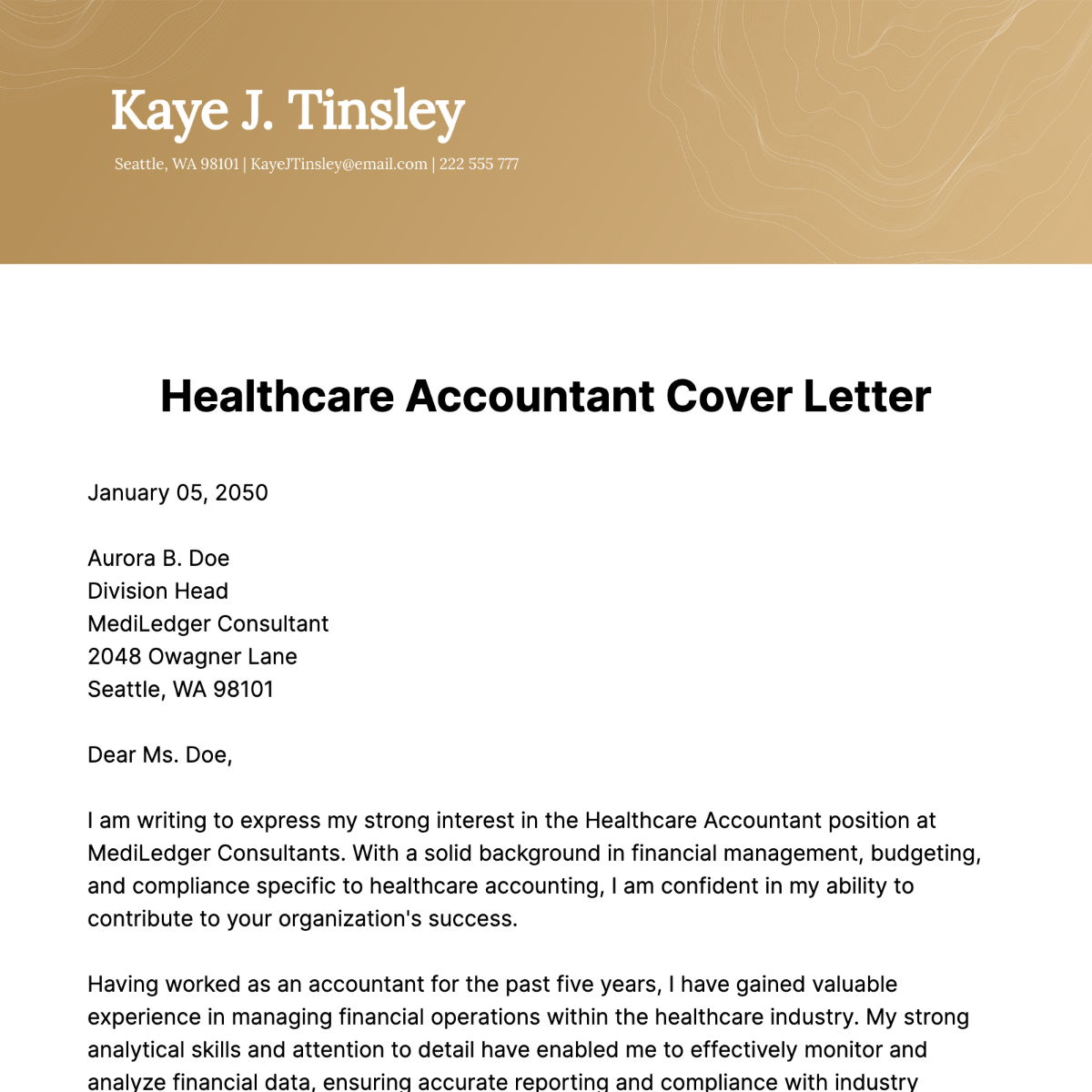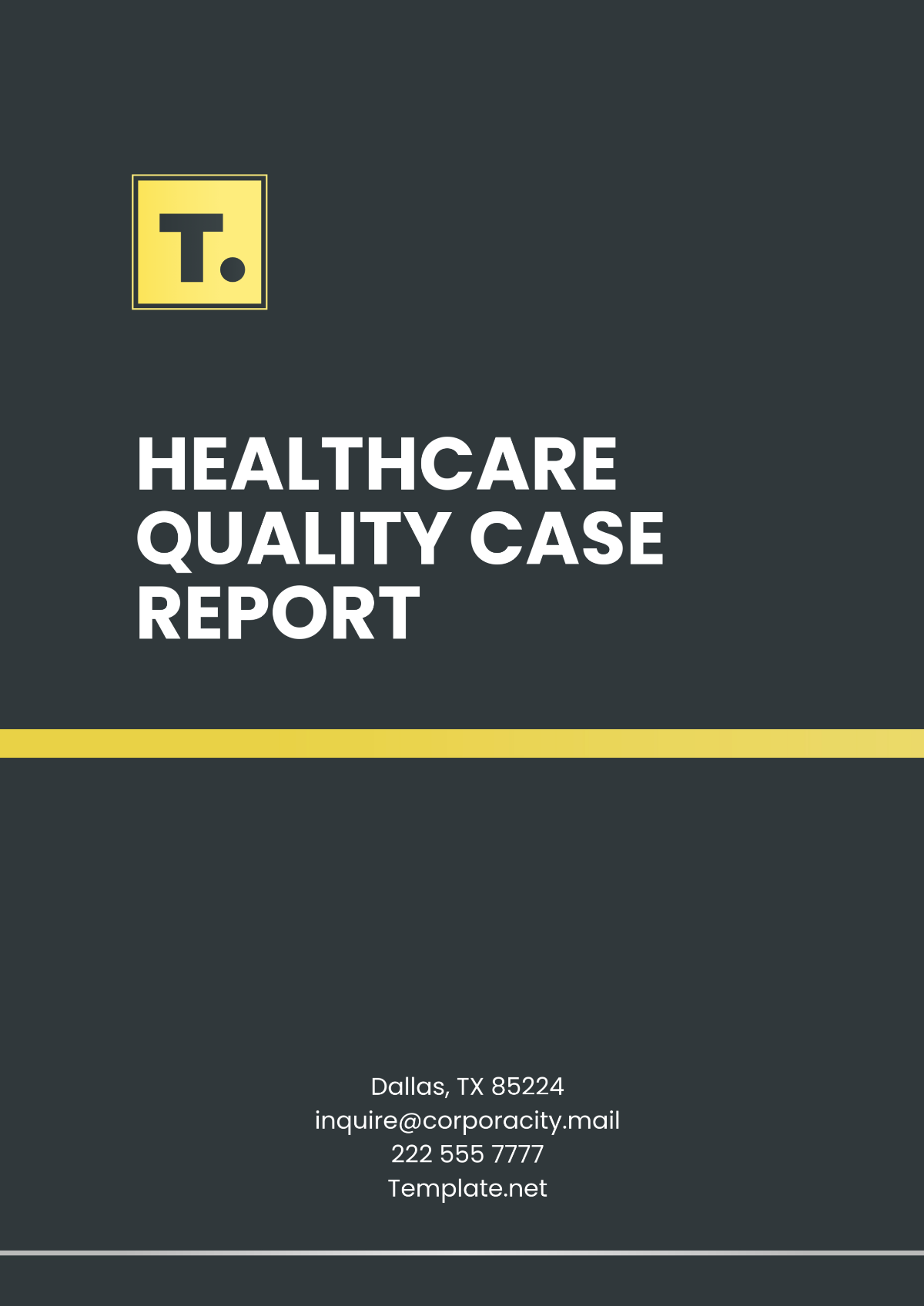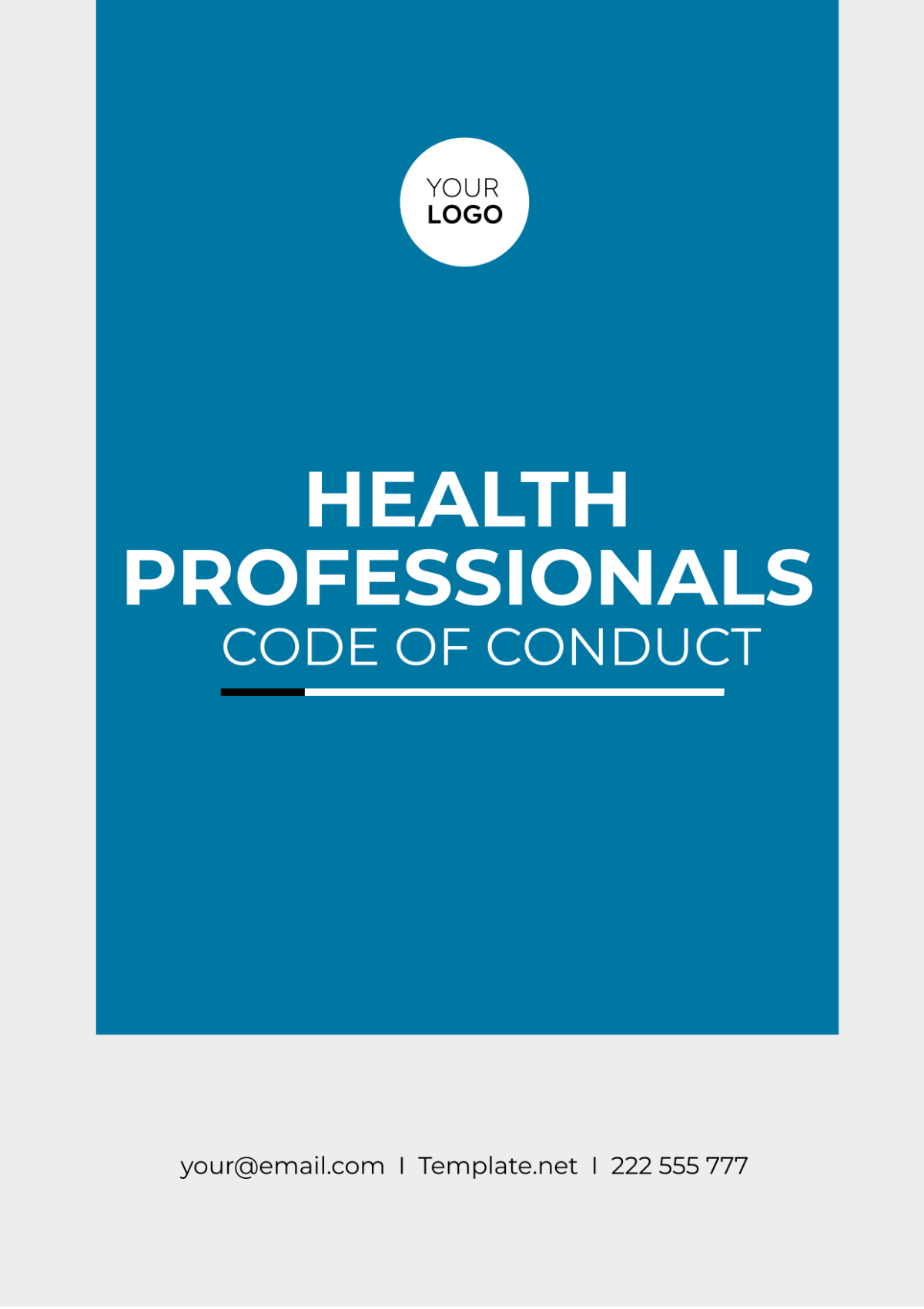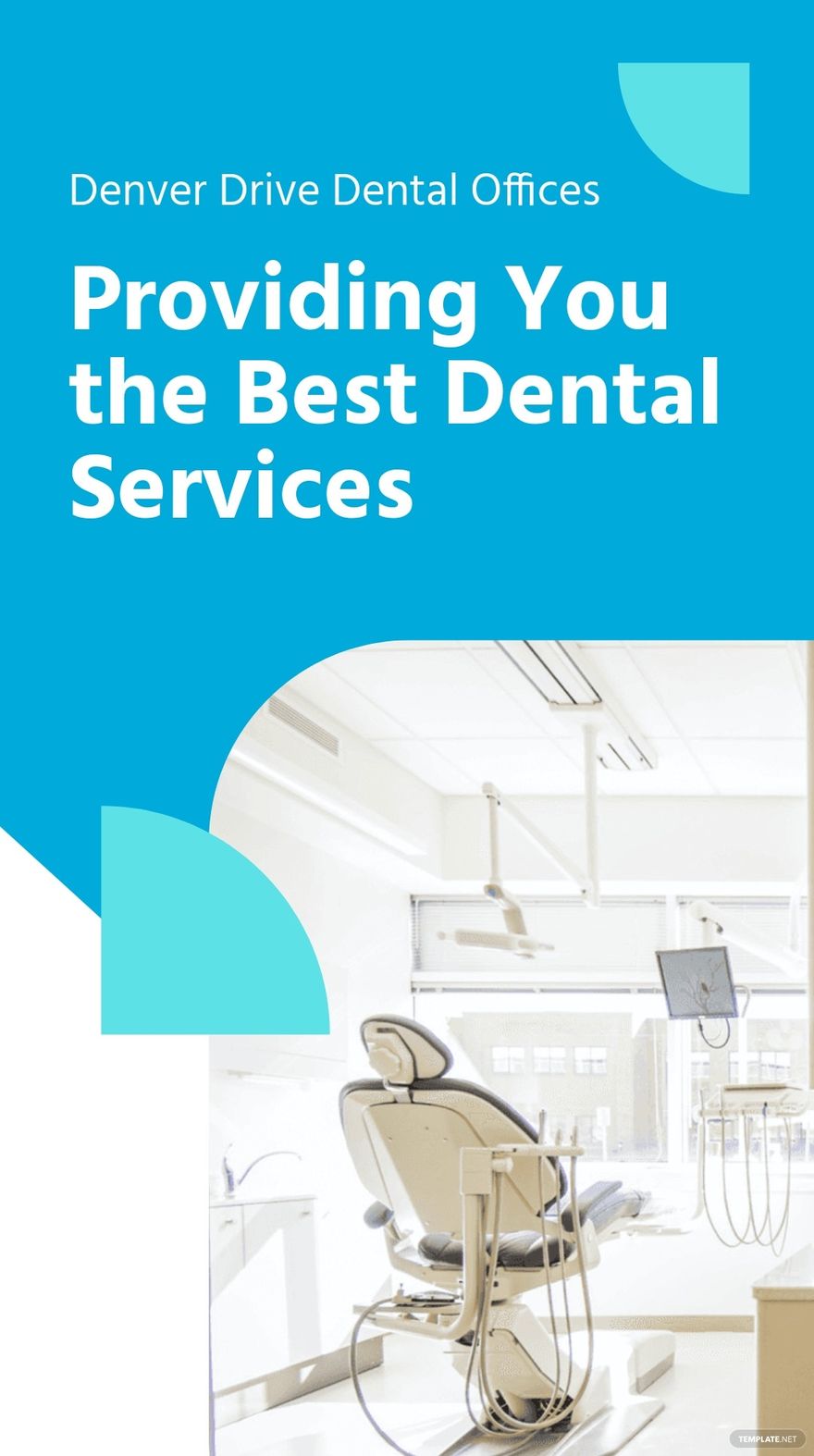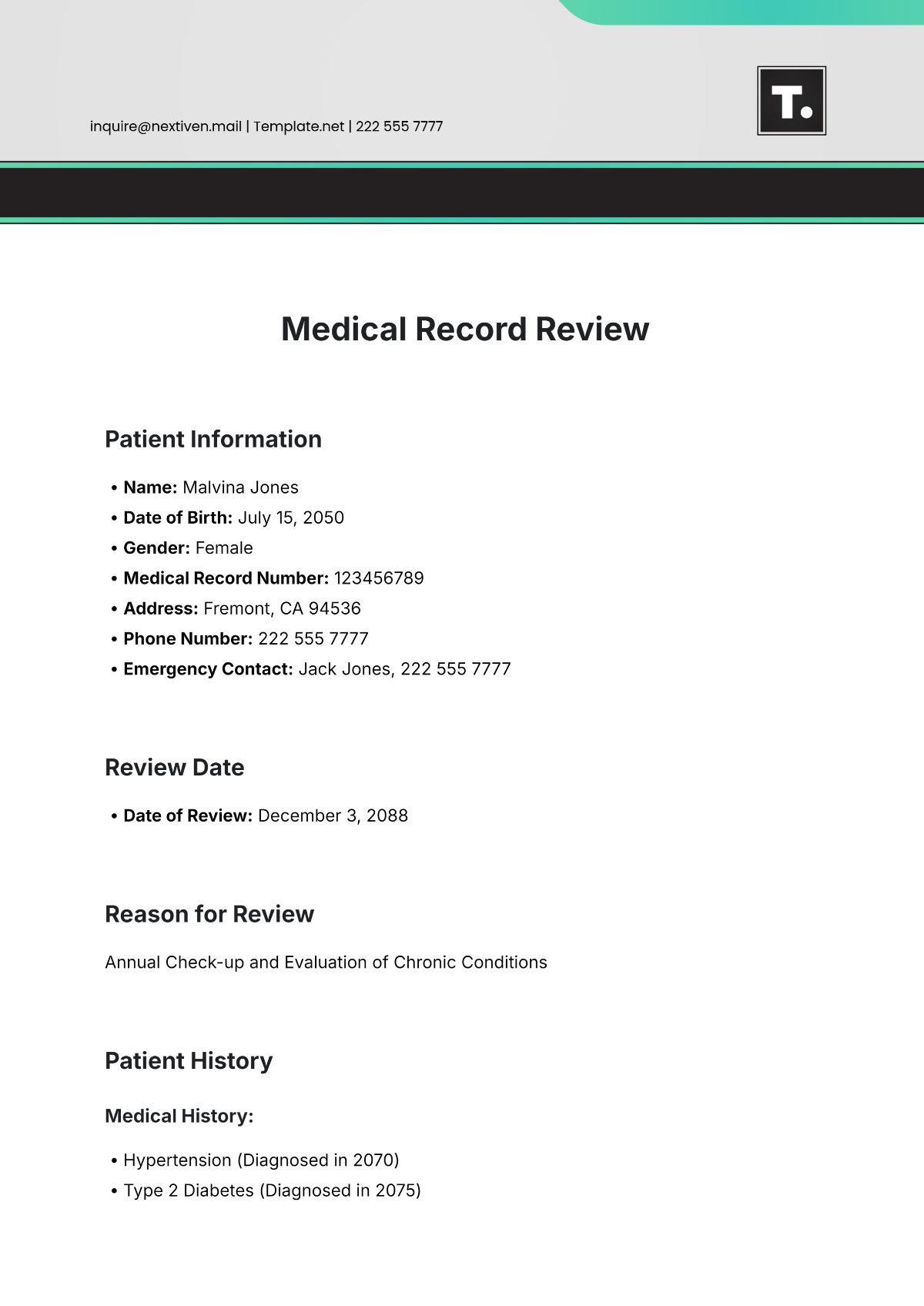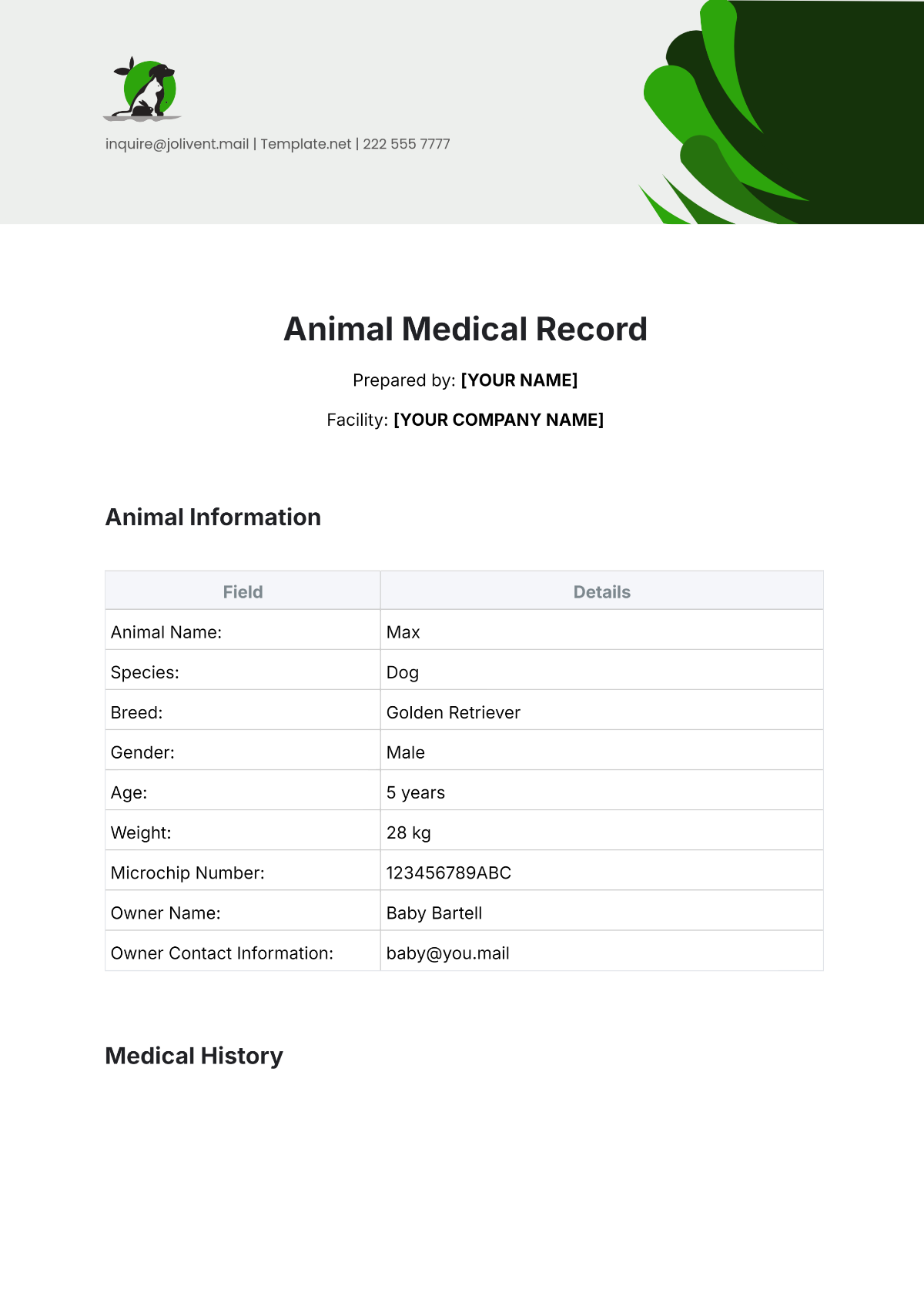Veterinary Protocol
Name: | [YOUR NAME] |
|---|---|
Company: | [YOUR COMPANY NAME] |
Date: | [DATE] |
This Veterinary Clinical Procedures Protocol Template serves as a comprehensive guide for veterinarians and staff in performing routine clinical procedures. It outlines standardized protocols for physical examinations, vaccinations, blood draws, and surgical operations to ensure consistent and high-quality care for animals under veterinary supervision.
I. Objectives
The main aim of this protocol is to establish a streamlined process for various routine clinical procedures. This includes physical examinations, vaccinations, blood draws, and surgical operations. By adhering to these guidelines, we ensure consistent and effective outcomes across [YOUR COMPANY NAME].
II. Protocol Overview
This protocol designed by [YOUR NAME] covers a comprehensive spectrum intended to be referenced by all veterinarians and staff at [YOUR COMPANY NAME]. It describes the proper procedures and behaviors to be performed during each step of routine clinical tasks, thus, aiming at adding value to our operations.
III. Scope
This protocol applies to all veterinary clinics, hospitals, research facilities, and animal shelters where clinical procedures are performed on animals. It encompasses procedures such as physical examinations, vaccinations, blood draws, and surgical operations conducted by licensed veterinarians and trained veterinary staff.
IV. Procedure Guidelines
1. Physical Examinations
Conduct a thorough physical examination of the animal, including inspection of the eyes, ears, nose, mouth, skin, coat, musculoskeletal system, and vital signs.
Document findings accurately in the patient's medical record, noting any abnormalities or concerns observed during the examination.
Discuss examination findings with the animal's owner or caregiver, providing recommendations for further diagnostics or treatment as needed.
2. Vaccinations
Verify the vaccination status of the animal based on previous records or owner-provided information.
Administer vaccinations according to established vaccine schedules and manufacturer recommendations.
Monitor the animal for any adverse reactions following vaccination and provide appropriate medical intervention if necessary.
3. Blood Draws
Prepare the animal for blood collection by selecting an appropriate venipuncture site and applying restraint as needed to ensure safety and minimize stress.
Use proper venipuncture techniques to collect blood samples, ensuring aseptic conditions and minimizing discomfort to the animal.
Label blood samples accurately and handle them according to established laboratory procedures for analysis or storage.
4. Surgical Operations
Prepare the surgical suite and equipment according to established sterile protocols.
Perform pre-operative assessments, including patient evaluation, anesthesia induction, and surgical site preparation.
Conduct surgical procedures with precision and care, following established surgical techniques and protocols.
Monitor the animal's vital signs and recovery process post-operatively, providing appropriate pain management and supportive care.0
V. Documentation and Record-Keeping
Maintain detailed and accurate records of all clinical procedures performed, including patient information, procedure details, medications administered, and post-procedure observations.
Ensure that records are legible, organized, and accessible for future reference by veterinary staff and regulatory authorities.
VI. Training and Compliance
Provide training and education to veterinary staff on the proper implementation of this protocol, including procedural techniques, safety precautions, and documentation requirements.
Conduct regular audits and evaluations to ensure compliance with protocol guidelines and identify areas for improvement in clinical practice.
VII. Conclusion
By adhering to this protocol, [YOUR COMPANY NAME] will continue to deliver the high-quality, efficient, and safe veterinary practices that it is known for. The importance of this protocol cannot be overstated; it provides the framework that allows for consistent excellence across the entire operation.
